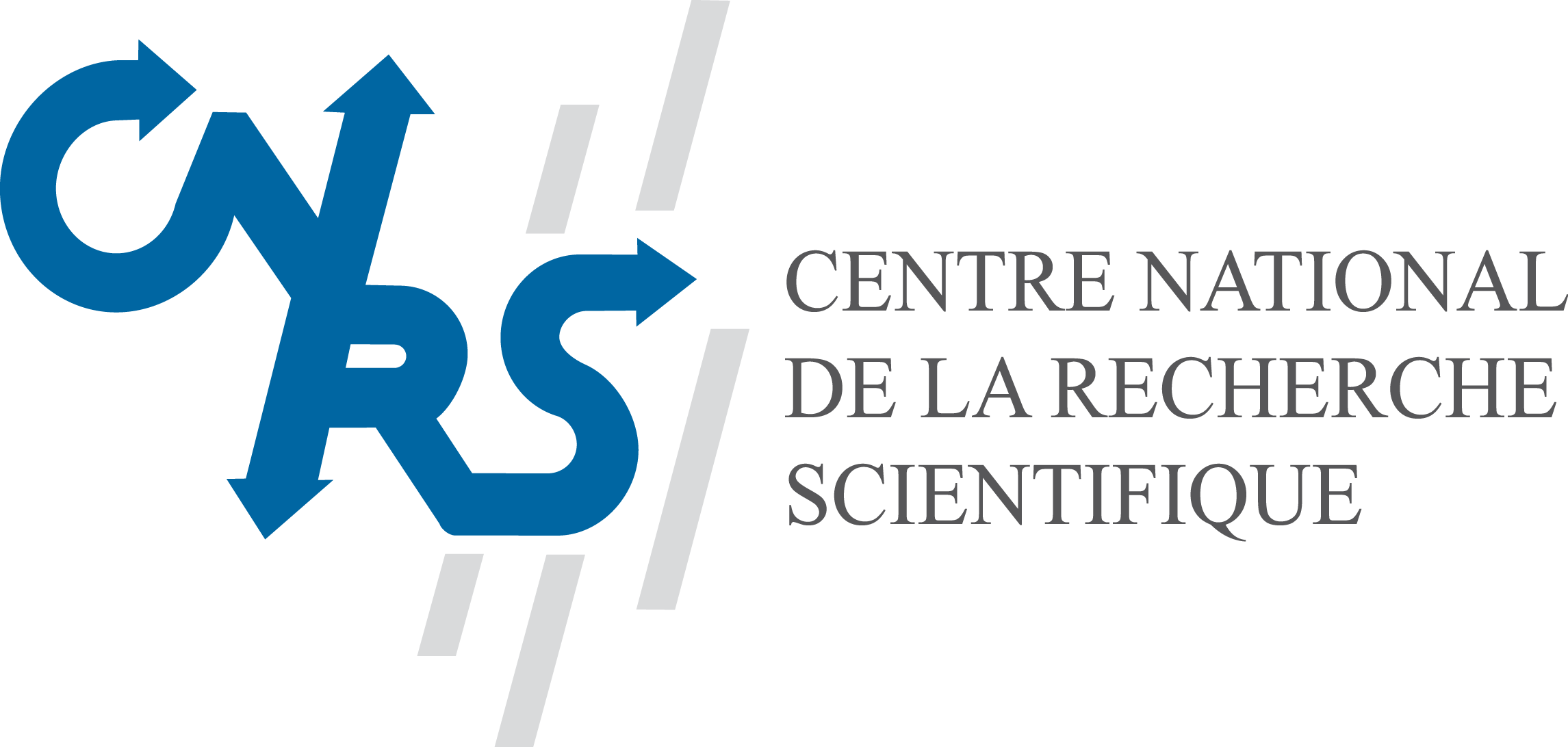
Partners:
ALCHEMY
team, INRIA
CORTEX
team, INRIA
Institut de Neurosciences Cognitives de la Méditerranée.
Laboratoire Jean-Alexandre Dieudonné
Topics:
Mesoscopic modeling of cortical columns, bifurcations, and imaging.
Statistical analysis of spike trains.
Grants:
Doeblin Federation (CNRS & Université de Nice-Sophia Antipolis).
Last Minute.
Slides for the conference NeuroComp 2008
Modeling Cortical Activity and Analysing the Brain Neural Code
Neuronal information processing is related to the brain bio-electrical activity. Current neuro imaging techniques allow the measurement of this bio-electrical activity at different time and space scales, from neurons to the brain as a whole (e.g. LFP, ECoG, EEG, MEG). But the analysis of the data coming from these measures requires the parallel development of suitable models. Namely, these models have to be, on the one hand, close enough to phenomenology, taking into account the various type of bio-electrical activity and their scales relations, in order to propose a coherent representation of information processing in the brain (from neurons to neuronal populations, cortical columns, brain area, etc). On the other hand, these models must be well posed and analytically tractable. This requires a constant interaction between neurobiology, modeling and mathematics. In this spirit, this project aims to tackle the following questions, combining results from neuroscience, dynamical systems theory and statistical physics.
Statistical analysis of spike trains. The analysis of experimental data, in vivo or in vitro, of spike trains, requires suitable statistical models. The models typically used (e.g. Poisson) are ad hoc and may not be adapted to all situations. Our goal is to propose a generic method to construct the probability distribution of spikes trains, using an approach combining mathematical modelling and analysis and in vivo experiments, together with numerical simulations.
Mesoscopic models of cortical columns. Brain imaging techniques, like optical imaging or MEG-EEG, require a modeling of cortical brain activity at a space scale of order 0.1-1 mm2. The goal of this projetc is, on the theoretical side, to propose a mesoscopic model of the measured biological signal, at the space scale of a cortical column, and to analyse this model dynamics, using analytical methods and numerical simulations. These theoretical predictions will be then compared to the cortical activity of the visual system (area V1-V2), measured by optical imaging.

